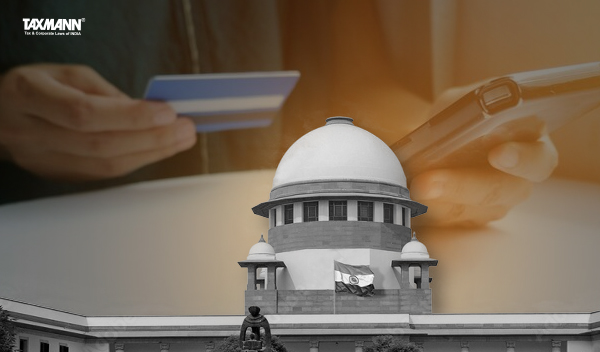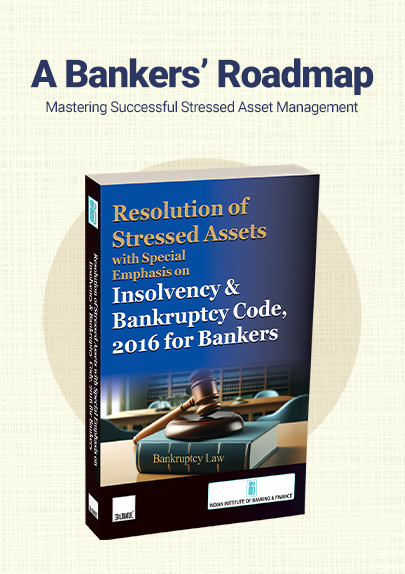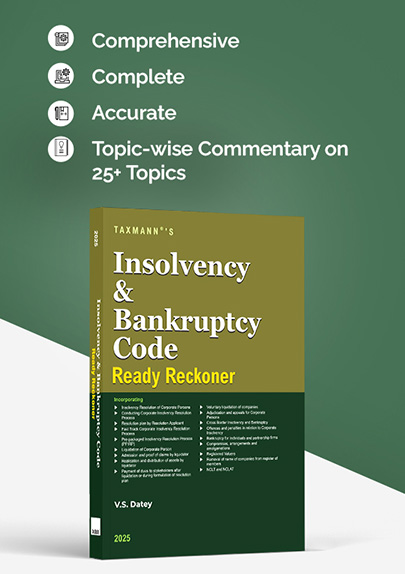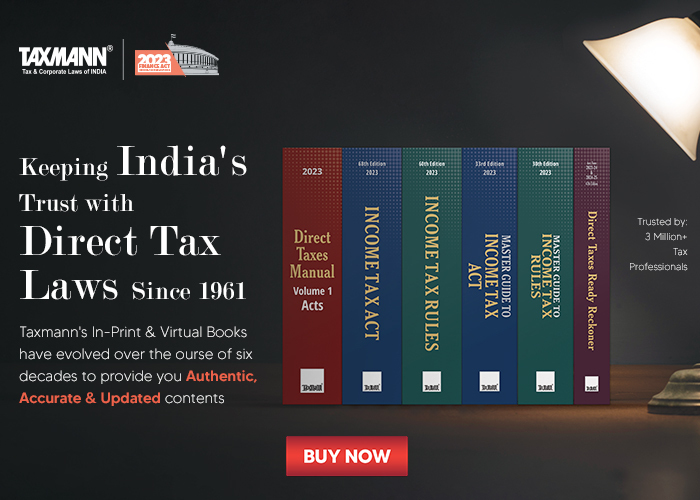Blocking of ITC Under Rule 86A is Justified Even if It is Not Available in Electronic Credit Ledger | HC
- News|Blog|GST & Customs|
- 2 Min Read
- By Taxmann
- |
- Last Updated on 25 January, 2025
Case Details: Sugna Sponge & Power (P.) Ltd. v. Superintendent of Central Tax - [2025] 170 taxmann.com 521 (Andhra Pradesh)
Judiciary and Counsel Details
- R. Raghunandan Rao & Maheswara Rao Kuncheam, JJ.
-
P. Venkata Prasad for the Petitioner.
-
Smt. Santhi Chandra, Sr. Standing Counsel for the Respondent.
Facts of the Case
The petitioner was paying taxes either by way of payment of cash or by utilizing the input tax credit (ITC) available in electronic credit ledger. The department blocked electronic credit ledger of the petitioner to an extent of Rs.19,73,299/- by invoking Rule-86A of CGST Rules, 2017.The petitioner filed writ petition against the action of the department and contended that Rule 86A permits blocking of credit, which is actually available in the electronic credit ledger. However, in the instant case, there was no ITC available in the electronic credit ledger of the petitioner as on the date of the blocking order.
High Court Held
The Honorable High Court noted that Rule 86A permits blocking ITC that was fraudulently availed, irrespective of whether it is currently available in the electronic credit ledger. The term “such credit” in Rule 86A refers to credit availed wrongfully, not just credit currently available. In the instant case, the initial reasons provided were cryptic but subsequent communications elaborated on reasons sufficiently, satisfying principles of natural justice. Therefore, it was held that there was no merit in instant case and the petition was liable to be dismissed.
List of Cases Reviewed
- Samay Alloy India Pvt. Ltd. v. State of Gujarat 2022 (61) G.S.T.L. 421 (Guj.)
- Basanta Kumar Shaw v. Assistant Commissioner of Revenue MAT 976 of 2022, decided on 28.07.2022 (Calcutta High Court)
- R.M. Dairy Products LLP v. State of U.P. Writ Tax No. 434 of 2021
- Laxmi Fine Chem v. Assistant Commissioner 2024 (87) G.S.T.L. 197 (Telangana)
- New Nalbandh Traders v. State of Gujarat 2022 (66) G.S.T.L. 334 (Guj)
- Deem Distributors Pvt. Ltd. v. Union of India 2022 (56) G.S.T.L. 282 (Telangana) (Para 21) followed.
List of Cases Referred to
- Samay Alloys India (P.) Ltd. v. State of Gujarat [2022] 135 taxmann.com 243/91 GST 338/61 GSTL 421 (Gujarat) (para 4)
- Laxmi Fine Chem v. Asstt. Commissioner [2024] 161 taxmann.com 270/104 GST 245/87 GSTL 197 (Telangana) (para 4)
- New Nalbandh Traders v. State of Gujarat [2022] 136 taxmann.com 284/66 GSTL 334 (Gujarat) (para 4)
- Deem Distributors (P.) Ltd. v. Union of India [2021] 129 taxmann.com 134/87 GST 523/[2022] 56 GSTL 282 (Telangana) (para 4)
- Radha Krishan Industries v. State of Himachal Pradesh [2021] 127 taxmann.com 26/86 GST 665/48 GSTL 113 (SC) (para 4)
- R.M. Dairy Products LLP v. State of U.P. and Ors., Writ Tax No. 434 of 2021 (para 5).
Disclaimer: The content/information published on the website is only for general information of the user and shall not be construed as legal advice. While the Taxmann has exercised reasonable efforts to ensure the veracity of information/content published, Taxmann shall be under no liability in any manner whatsoever for incorrect information, if any.

Taxmann Publications has a dedicated in-house Research & Editorial Team. This team consists of a team of Chartered Accountants, Company Secretaries, and Lawyers. This team works under the guidance and supervision of editor-in-chief Mr Rakesh Bhargava.
The Research and Editorial Team is responsible for developing reliable and accurate content for the readers. The team follows the six-sigma approach to achieve the benchmark of zero error in its publications and research platforms. The team ensures that the following publication guidelines are thoroughly followed while developing the content:
- The statutory material is obtained only from the authorized and reliable sources
- All the latest developments in the judicial and legislative fields are covered
- Prepare the analytical write-ups on current, controversial, and important issues to help the readers to understand the concept and its implications
- Every content published by Taxmann is complete, accurate and lucid
- All evidence-based statements are supported with proper reference to Section, Circular No., Notification No. or citations
- The golden rules of grammar, style and consistency are thoroughly followed
- Font and size that’s easy to read and remain consistent across all imprint and digital publications are applied






 CA | CS | CMA
CA | CS | CMA


